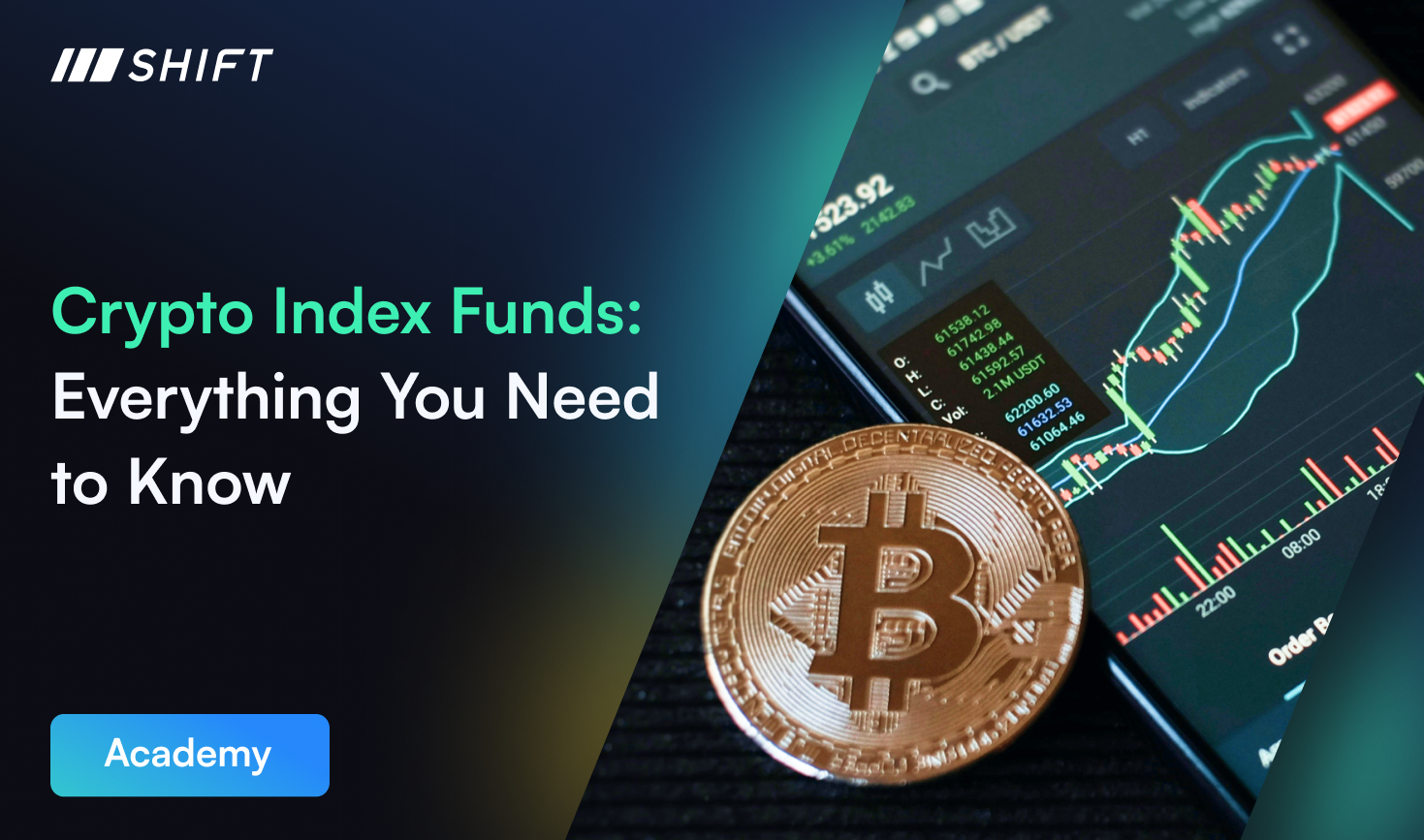Share this article:
Crypto options are financial derivatives that give traders the right, but not the obligation, to buy or sell a cryptocurrency at a predetermined price within a specific timeframe. This allows traders to speculate on price movements and manage risk without owning the underlying asset.
Crypto Options Trading | A Quick Overview
We reach a stage in our crypto trading journey where we look to diversify our strategies and explore more advanced financial instruments. One such instrument is cryptocurrency options trading, a powerful form of derivatives trading that allows traders to speculate on price movements without owning the underlying asset. With the potential for significant returns and effective risk hedging, crypto options are becoming increasingly popular among experienced investors. In this overview, we’ll delve into the fundamentals of crypto options trading and share key strategies to maximize profits while managing risks effectively.
The Mechanics of Crypto Options Trading
Understanding the mechanics of crypto options trading is key to leveraging this powerful financial instrument effectively. At its core, cryptocurrency options are contracts that grant the right, but not the obligation, to buy or sell a digital asset at a predetermined price within a specific timeframe. These options are divided into two main types: call options, which allow the purchase of the asset, and put options, which permit the sale.
The value of these options is influenced by various factors, including market conditions, volatility, and the time remaining until expiration. This flexibility enables traders to profit from price movements without needing to own the underlying asset, making crypto options an attractive choice for both hedging and speculative purposes. Understanding key concepts (which we discuss later in the article) such as strike price, expiry date, and option premium is essential for successfully maneuvering the complexities of this trading strategy.
How Crypto Options Differ from Other Derivatives
Crypto options stand out from other forms of crypto derivatives trading, such as futures and perpetual swaps, due to their unique characteristics. Unlike futures contracts, which obligate the trader to buy or sell an asset at a specific price on a set date, options provide the right but not the obligation to execute the trade. This distinction offers greater flexibility and reduces potential losses to the premium paid for the option.
Additionally, options allow traders to benefit from both rising and falling markets without requiring a large capital outlay. While futures and swaps often involve significant leverage and risk, options limit risk to the premium, making them a more controlled approach to speculating on cryptocurrency price movements.
Risks and Rewards of Crypto Options Trading
Trading crypto options offers both significant rewards and substantial risks. The primary reward is the potential for high returns with limited capital outlay, as options allow traders to leverage their positions and profit from market movements without owning the underlying asset. However, the turbulent nature of the cryptocurrency market can lead to substantial losses if predictions are incorrect.
Options trading also involves complex pricing dynamics influenced by various factors such as time decay and implied volatility. Productive risk management strategies, such as setting stop-loss orders and diversifying investments, are essential to mitigate potential downsides. Understanding these risks and rewards is crucial for making informed decisions in crypto options trading.
Different Types of Crypto Options Trading Explained
Crypto options trading involves a set of mechanisms and terms that traders need to understand to utilize this financial instrument effectively. Here, we break down the primary components and processes of how crypto options work.
Call and Put Options
Crypto options are divided into two main types:
Call Options: These give the holder the right to buy the underlying asset at a predetermined strike price before or at the expiration date. Traders purchase call options when they anticipate a price increase in the underlying asset.
Put Options: These provide the right to sell the underlying asset at a set strike price within a specified timeframe. Put options are typically bought when traders expect a decline in the asset’s price.
American vs. European Options
Crypto options come in two styles:
American Options: These can be exercised at any time before the expiration date, offering more flexibility to the holder.
European Options: These can only be exercised on the expiration date itself. Although less flexible, they often come with lower premiums.
Key Terminology of Options Contracts
Several key terms define an options contract:
Strike Price: The price at which the option holder can buy (call) or sell (put) the underlying asset.
Expiration Date: The date on which the option contract expires and must be settled.
Premium: The cost of purchasing the option, paid upfront by the buyer.
In the Money, At the Money, and Out of the Money
Understanding the ‘moneyness’ of an option is critical:
In the Money (ITM): For call options, when the strike price is below the current market price of the asset. For put options, when the strike price is above the market price.
At the Money (ATM): When the strike price is equal to the current market price of the underlying asset.
Out of the Money (OTM): For call options, when the strike price is above the current market price. For put options, when the strike price is below the market price.
Option Greeks
Option Greeks are metrics that help traders understand the risks and potential rewards of their options positions:
Delta (Δ): Measures the sensitivity of the option’s price to changes in the price of the underlying asset.
Gamma (Γ): Indicates the rate of change of delta over time.
Theta (Θ): Represents the time decay of the option’s price as it approaches expiration.
Vega (ν): Measures the sensitivity of the option’s price to changes in market volatility.
By mastering these components and terms, traders can effectively navigate the complexities of crypto options trading and employ strategies that align with their investment goals and risk tolerance.
How to Trade Crypto Options
Trading crypto options involves a few key steps that traders need to follow to execute their trades successfully. Here’s a simplified five-step process:
Step 1: Choose a Trading Platform
Select a reputable crypto exchange that offers options trading, such as OKEx, Deribit, or Bit.com. Ensure the platform has a strong security track record and user-friendly interface.
Step 2: Open an Account and Deposit Funds
Register on the chosen platform by providing your personal information and completing the Know Your Customer (KYC) verification process. This typically involves submitting identification documents and proof of address. Once your account is set up, deposit funds using fiat currency (such as USD) or cryptocurrency.
Step 3: Select Your Options Contract
Choose the type of option (call or put), the strike price, and the expiration date based on your market analysis and trading strategy. The platform will display the premium cost for each contract.
Step 4: Execute the Trade
Place your order to buy or sell the selected options contract. Monitor your position regularly and be prepared to make adjustments based on market movements.
Step 5: Manage and Settle Your Position
Depending on the type of option and market conditions, you can choose to hold the option until expiration or close your position early. For American options, you can exercise the option at any time before expiration, while European options can only be exercised on the expiration date. Upon expiration, settle the contract according to the terms, either realizing a profit or allowing the option to expire worthless.
By following these steps, traders can conquer the nuances of trading crypto options and take greater advantage of market opportunities.
Conclusion
Crypto options trading offers an advanced and flexible way to engage with the cryptocurrency market. By providing the right, but not the obligation, to buy or sell digital assets at a predetermined price, options empower traders to profit from market movements without the need for significant capital investment.
That being said, this type of trading also comes with inherent risks, particularly due to the volatility of the crypto market. To succeed, traders must thoroughly understand the mechanics of options, stay informed about market conditions, and employ effective risk management strategies. With careful planning and strategic execution, crypto options can be a powerful tool in an investor’s arsenal, offering opportunities for both hedging and speculation.
For those seeking advanced crypto trading infrastructure and white label exchange platforms with derivatives functionality, Shift Markets is the market leader. Reach out today to experience Shift’s technology in action and elevate your trading capabilities.
This content is for informational purposes only and does not constitute financial advice. Shift Markets is not a licensed financial advisor. Always consult with a professional before making any investment decisions.
Share this article:
Want to learn more?
Let us save you time by walking you through what Shift can do for your business!



